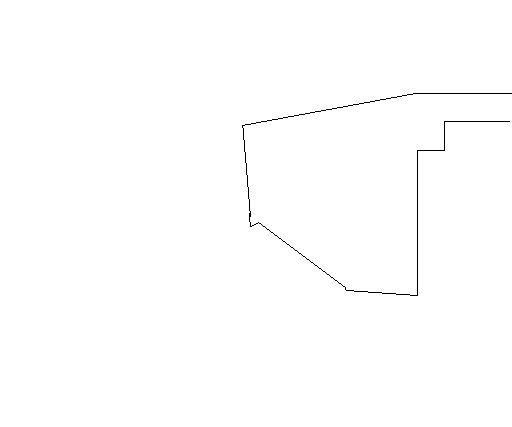This will be a thread where we can discuss cat designs.
I have plans to build a bigger cat 30"+
For now I have a 23" wet length 26" loa cat and it runs well, I want a bigger one, and possibly twin powered.
Power later, design now.
Length to beam ratio
I like the look of the scale type hulls that are long and narrow and my small one has this design input. I see some are wider or fatter.
What is the reason behind this ?
Dead rise
I have a moderate deadrise and again I see a lot of variables here.
Why are there differing degrees of DR ?
Ride pads
Some hulls have a flat ( 0deg deadrise ) section that changes to a strong deadrise and then a spray rail
What is the reason behind this ?
Steps
Some hulls have 2 or 3 steps, how important are these to running at below 65mph
Tunnel depth
As a proportion of the tunnel width is ?????
True tunnel hulls ,OPC, have a wide shallow tunnel and some Offshore Cats have a deep narrow tunnel.
I have read some of Jays's best on this subject and am keen to see more opinions.
Strut depth
I know there is a lot of debate here and have found with my hull that below the sponson line is good for me. I also know that the common reccomendation is above.
All of these design tips will go towards my next cat that will be a SAW hull that needs to turn, a very loose oval is what I do with the emphasis on the front straight !!
I have plans to build a bigger cat 30"+
For now I have a 23" wet length 26" loa cat and it runs well, I want a bigger one, and possibly twin powered.
Power later, design now.
Length to beam ratio
I like the look of the scale type hulls that are long and narrow and my small one has this design input. I see some are wider or fatter.
What is the reason behind this ?
Dead rise
I have a moderate deadrise and again I see a lot of variables here.
Why are there differing degrees of DR ?
Ride pads
Some hulls have a flat ( 0deg deadrise ) section that changes to a strong deadrise and then a spray rail
What is the reason behind this ?
Steps
Some hulls have 2 or 3 steps, how important are these to running at below 65mph
Tunnel depth
As a proportion of the tunnel width is ?????
True tunnel hulls ,OPC, have a wide shallow tunnel and some Offshore Cats have a deep narrow tunnel.
I have read some of Jays's best on this subject and am keen to see more opinions.
Strut depth
I know there is a lot of debate here and have found with my hull that below the sponson line is good for me. I also know that the common reccomendation is above.
All of these design tips will go towards my next cat that will be a SAW hull that needs to turn, a very loose oval is what I do with the emphasis on the front straight !!




Comment